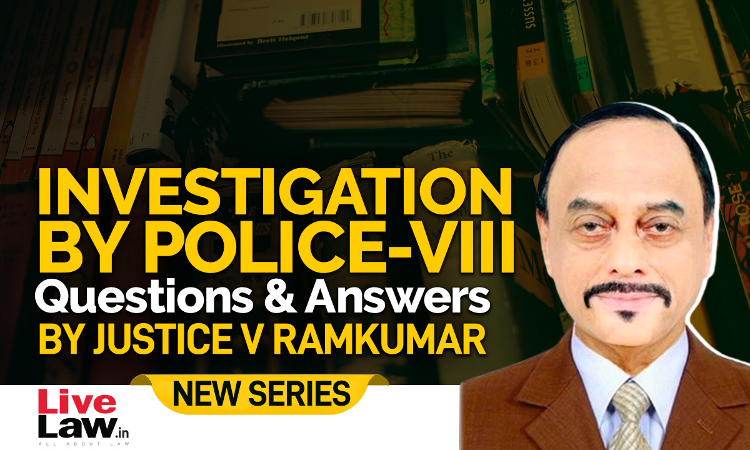Questions & Answers By Justice V. Ramkumar- Investigation By Police-PART VIII
Justice V. Ramkumar
24 Nov 2022 4:45 PM IST

Next Story
24 Nov 2022 4:45 PM IST
Q.36 Can police investigation be depicted by means of a chart ? Ans. Q.37 What are the various steps of investigation to be carried out by an investigating Police Officer? Ans. S.2(h) of the Code defines investigation which reads as under: '(h) 'investigation' includes all the proceedings under this Code for the collection of evidence conducted by a police officer or...
